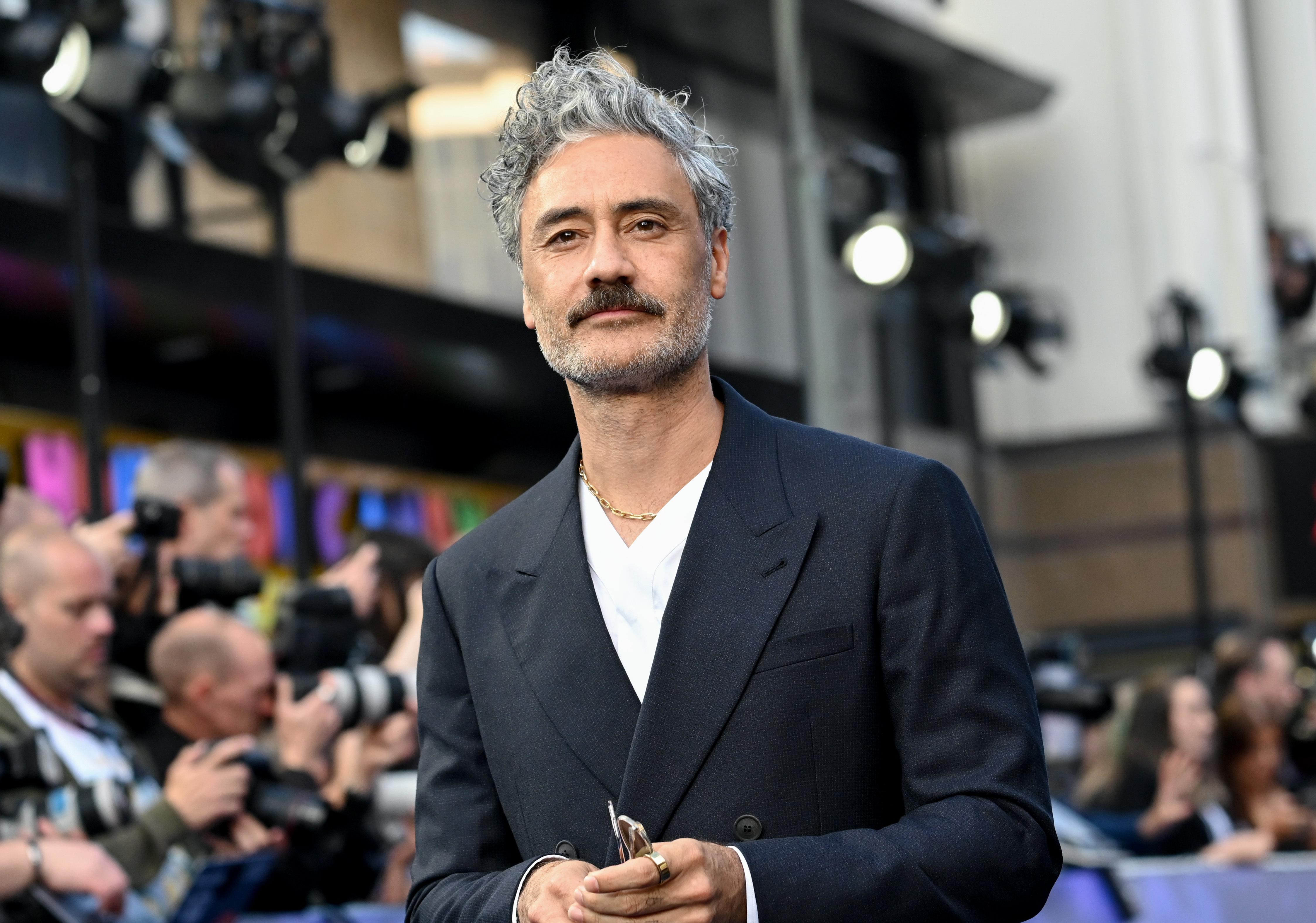Taika Waititi, a filmmaker renowned for his distinctive storytelling approach, has carved a unique niche in contemporary cinema by masterfully blending humor and drama. His films, ranging from the poignant “Hunt for the Wilderpeople” to the critically acclaimed “Jojo Rabbit,” showcase a remarkable ability to juxtapose comedic elements with profound emotional depth. This seamless integration not only captivates audiences but also challenges conventional genre boundaries, inviting viewers to explore complex themes through a lens that is both accessible and thought-provoking. In this article, we delve into the techniques and narrative strategies employed by Waititi to maintain this delicate balance, examining how his distinctive style contributes to the broader landscape of modern filmmaking. Through an analytical lens, we seek to uncover the intricacies of Waititi’s craft, shedding light on how his unique approach resonates with audiences worldwide and continues to redefine the interplay between humor and drama on screen.
Character Development and Emotional Depth
Taika Waititi’s films are renowned for their ability to weave humor seamlessly into dramatic narratives, creating characters that resonate with audiences on a deeply emotional level. One of the key strategies he employs is the development of multi-dimensional characters who are both relatable and flawed. This complexity allows viewers to connect with them on a personal level, as they experience genuine growth and transformation throughout the storyline. Waititi often explores themes of identity, belonging, and family, ensuring that each character’s journey is both meaningful and poignant.
In addition to character depth, Waititi utilizes humor as a tool to enhance emotional engagement rather than detract from it. His films often feature a blend of light-hearted moments and serious undertones, creating a balanced narrative that avoids becoming overly sentimental or overly comedic. Some techniques include:
- Subtle irony that highlights the absurdities of life.
- Witty dialogue that reveals character traits and internal conflicts.
- Situational comedy that arises naturally from the plot, adding levity to intense scenes.
This harmonious blend ensures that audiences are not only entertained but also deeply moved, making Waititi’s storytelling uniquely impactful.

Use of Visual Comedy to Enhance Storytelling
Taika Waititi’s unique ability to weave visual comedy into his storytelling is a testament to his mastery of balancing humor and drama. By employing clever visual gags, Waititi creates moments that are both funny and deeply poignant, allowing audiences to connect with his characters on multiple levels. For instance, his use of exaggerated facial expressions and physical comedy brings a lighthearted touch to scenes that might otherwise feel heavy, offering a refreshing contrast that enriches the narrative.
In Waititi’s films, visual comedy is not just a tool for laughter but a strategic element that enhances the storyline. Consider the use of juxtaposition—placing characters in visually absurd situations that highlight their inner conflicts or growth. Moreover, his adeptness at employing props and costumes as comedic elements adds layers of meaning, often underscoring the themes of identity and belonging. These techniques not only entertain but also invite viewers to delve deeper into the film’s emotional core, achieving a harmonious blend of humor and drama.

Strategic Timing and Pacing for Maximum Impact
One of the most compelling aspects of Taika Waititi’s storytelling is his meticulous attention to timing and pacing, which serves as a fulcrum for balancing humor and drama. Waititi’s films are marked by their ability to shift seamlessly between comedic and dramatic elements, creating a narrative rhythm that keeps audiences engaged. By carefully calibrating the pace, he ensures that each moment lands with the intended emotional weight. This strategic timing is not just about when a joke is delivered or when a dramatic pause is taken; it’s about the interplay between the two, creating a dynamic ebb and flow that makes each scene feel organic and resonant.
Key elements of Waititi’s timing strategy include:
- Contrasting tonal shifts: Using humor to diffuse tension and drama to anchor the story.
- Rhythmic dialogue: Crafting conversations that mimic real-life interactions, with pauses and interruptions that enhance authenticity.
- Visual pacing: Employing quick cuts or lingering shots to underscore the emotional tone of a scene.
Through these techniques, Waititi not only maintains a balance between laughter and tears but also elevates the narrative to a level where both elements coexist in harmony, offering a multifaceted viewing experience.

Blending Cultural References with Universal Themes
Taika Waititi’s films are a masterclass in the art of merging cultural specificity with universal appeal. His ability to intertwine unique cultural references with broad themes allows his work to resonate across diverse audiences. Waititi’s films, such as Hunt for the Wilderpeople and Jojo Rabbit, often feature elements deeply rooted in his Maori heritage or historical contexts, yet they speak to universal themes of belonging, identity, and resilience. This blend is achieved through his keen understanding of storytelling, where humor and drama are not just elements of the narrative but tools to explore deeper truths. By employing a distinct comedic style that is both satirical and heartfelt, Waititi crafts narratives that invite audiences to laugh while contemplating the human condition.
- Authentic Characters: Waititi’s characters often embody cultural nuances that are genuine and relatable, making them accessible to a global audience.
- Subversive Humor: He uses humor to challenge stereotypes and encourage viewers to see beyond cultural differences.
- Emotional Depth: Despite the comedic exterior, his films delve into serious themes, creating a balanced cinematic experience.
